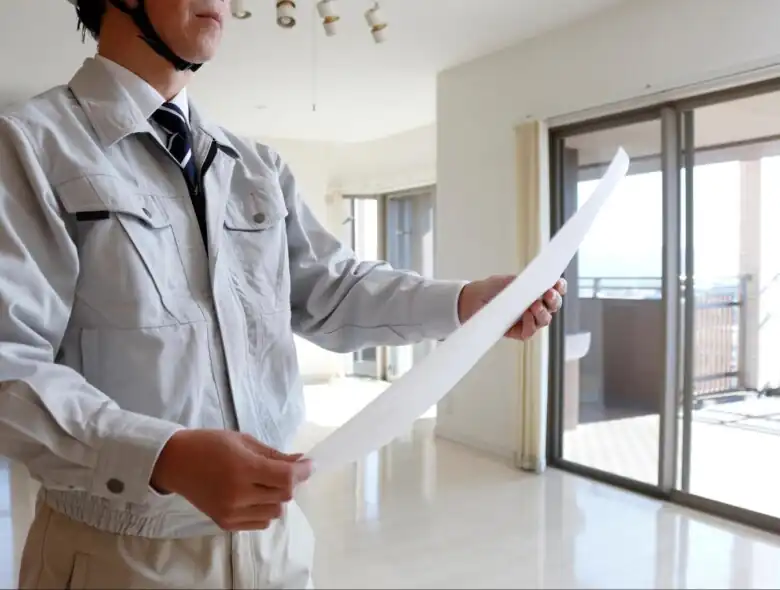Japan experiences frequent earthquakes, accounting for over 20% of the world’s earthquakes with a magnitude of 6.0 or higher. This high seismic activity contributes to widespread anxiety about the unpredictability of when an earthquake might strike.
Some might think, “I want to live in a building that is as earthquake resistant as possible,” or “Which floor of an apartment building offers the most protection during an earthquake?” This article will explore which floors are most vulnerable to seismic activity, how to assess a building’s earthquake resistance and learn effective earthquake preparedness measures.
Village House offers properties throughout Japan with rents starting at just 20,000 yen. If you’re searching for a pleasant and affordable apartment, we invite you to check out our website.
Differences between old and new earthquake resistance standards
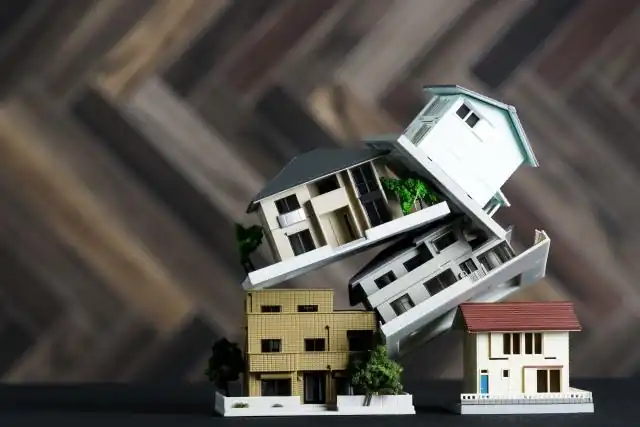
Japan earthquake building regulations are updated following significant earthquakes or disasters. Notably, the “New Earthquake Resistance Standards” were introduced in June 1981, marking a major revision to enhance building safety.
However, not all buildings completed after June 1981 necessarily adhere to the new earthquake resistance standards. These standards apply only if the building’s construction permit application was submitted after June 1981.
An apartment building that adheres to the new earthquake resistance standards is one which had its construction permit approved after June 1, 1981.
Typically, it takes 1 to 2 years from the permit approval to the completion of an apartment building. As a result, a building completed in 1982 might not meet the new earthquake resistance standards. Therefore, to ensure better earthquake resistance, it is advisable to choose a property that is less than 40 years old as of 2022. That said, pre-1981 properties can also be resilient, especially government properties that were built with stricter building codes. If you find an older Village House apartment that you like, you can get more details about its earthquake resistance from your agent.
Old earthquake resistance standards
The “Old Earthquake Resistance Standards” established in 1950, required buildings to be strong enough to withstand shaking from what was considered a “moderate earthquake”, without collapsing. A moderate earthquake is typically characterized as one that occurs roughly once every 50 years, while the term “moderate” doesn’t have a strict magnitude or intensity threshold.
However, this explanation might be unclear, so experts use coefficients based on factors like the weight of buildings to estimate that a moderate earthquake is roughly equivalent to an intensity of around 5 on the Japanese seismic intensity scale.
New earthquake resistance standards
The new earthquake resistance standards were introduced in response to the 1978 Miyagi earthquake.
While the old standards only required buildings to withstand a moderate earthquake without collapsing, the revised standards are stricter. Under the new guidelines, buildings must be strong enough to endure a moderate earthquake with only minor damage, such as small cracks. Additionally, the new standards now require buildings to be resilient enough to withstand a major earthquake, which was not required by the previous standards.
A major earthquake is defined as one that occurs approximately once every 500 years and is associated with a seismic intensity of about 6 to 7. The Tohoku Pacific Ocean Earthquake, commonly known as the Great East Japan Earthquake, which struck in March 2011, was classified as a major earthquake. It had a magnitude of 9.0 and reached a maximum seismic intensity of 7.
During an earthquake, staying on the third floor or lower is recommended
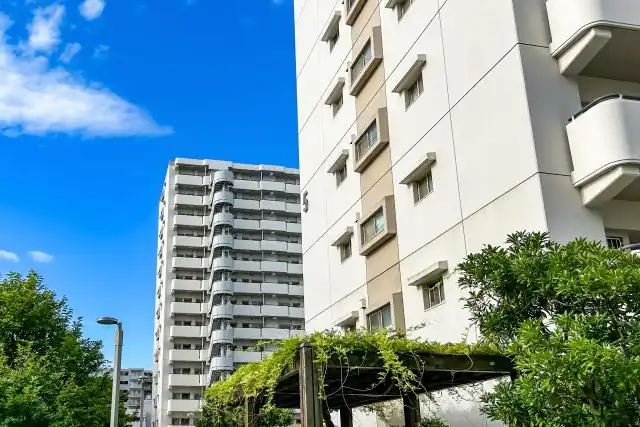
The third floor and below experience less shaking during an earthquake
Apartments on the third floor or lower generally experience less shaking during an earthquake compared to higher floors, reducing the risk of secondary damage like falling furniture and injuries. Nonetheless, it is important to take earthquake precautions such as securing furniture and appliances regardless of your floor level.
Conversely, upper floors in an apartment building tend to experience more intense and prolonged shaking due to “long-period seismic motion.” Depending on the earthquake’s magnitude, this shaking can persist for several minutes, making higher floors more susceptible to damage.
You can still use the stairs to move between floors even if the elevators stop working due to a power outage
In the event of a major earthquake, elevators will automatically shut down for safety reasons, making stairs the only option for moving between floors. Therefore, choosing an apartment on the third floor or lower is preferable.
Additionally, if the earthquake disrupts the water supply, transporting water from the first floor to higher levels can be challenging, even for those in good physical condition. For individuals with mobility issues or families with young children, a room on the third floor or lower is highly recommended for convenience and safety.
In the event of a fire, you can evacuate quickly
If a fire breaks out due to an earthquake, being on the third floor or lower allows for a quicker evacuation using stairs or escape ladders. Additionally, since apartment buildings are typically airtight, smoke often accumulates on higher floors, increasing the risk of carbon monoxide poisoning. In contrast, the risk of carbon monoxide poisoning is significantly lower on the lower floors, particularly below the third floor.
Lower floors have thicker pillars and walls
The lower floors of an apartment building tend to have thicker pillars and walls than the upper floors. The reason is that the lower floors need to be stronger to support the weight of the entire building. Because the pillars and walls are sturdy, they tend to shake less during earthquakes and are less likely to collapse.
In coastal areas, it’s advisable to choose a floor on the fifth floor or higher to prepare for potential tsunamis

If you live in an apartment near the coast, it’s advisable to choose a unit on the fifth floor or higher to minimize the risk of flooding due to a tsunami. During the Great East Japan Earthquake, the Ministry of Land, Infrastructure, Transport, and Tourism reported that the maximum tsunami height reached 16.7 meters in Ofunato city, Iwate prefecture, which is comparable to the height of a fourth or fifth-floor apartment.
Additionally, you can review the Ministry of Land, Infrastructure, Transport, and Tourism’s hazard map before moving to prepare for potential tsunami risks. This map provides forecasts of damage and the range of potential natural disasters in your area, helping you assess and understand local risks.
Characteristics of earthquake-vulnerable buildings
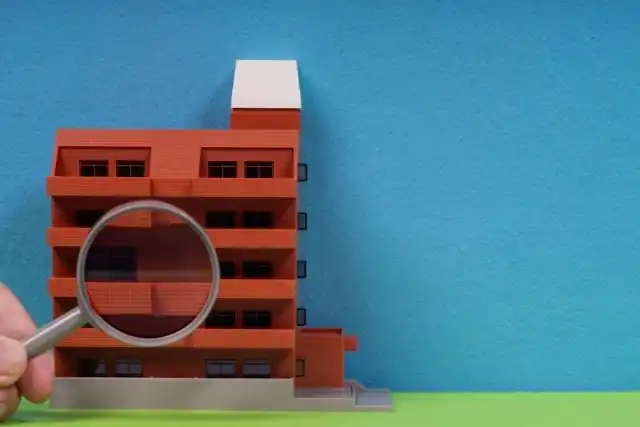
A first floor with only pillars and very few walls
In a pilotis structure, the first floor is supported solely by pillars without any walls, allowing for flexible use of the space. However, this design can be more vulnerable to shaking during earthquakes due to the lack of wall support.
During the Great Hanshin-Awaji Earthquake, many pilotis structure buildings were found to have collapsed, highlighting their susceptibility to seismic activity. Similarly, apartment buildings with tenants on the first floor may also possess lower earthquake resistance. This occurs because tenants might remove or reduce walls to create open spaces.
When viewed from above, the building does not have a square shape
Apartments with irregular shapes, such as U-shaped or L-shaped layouts, are often more susceptible to damage during an earthquake due to the concentration of stress at the joints of these structures.
However, if the building incorporates expansion joints (elastic joints), it allows the different sections of the building to move independently, which can effectively mitigate earthquake damage. This means that even if the apartment is not square, it can still have good earthquake resistance if expansion joints are used.
Therefore, it is advisable to check with the real estate agent to confirm whether expansion joints are included in the building’s design, before moving into an apartment with an irregular shape.
The height of a building is not uniform
In a setback construction, the upper floors of a building are set back further than the lower floors to maintain surrounding properties’ solar access.
While this design is considerate of neighboring residents, it can lead to trouble during a major earthquake. The load distribution tends to concentrate at the joints where different building heights meet, increasing the risk of damage or collapse due to the stress on these critical points.
The apartment is built on reclaimed land
In apartment buildings constructed on reclaimed land, there is a risk of liquefaction, which can lead to the collapse of parking lots and damage to infrastructure such as water and gas pipes. However, to mitigate these risks, construction on reclaimed land often involves measures like driving piles deeper than usual into stable soil layers. As a result, while infrastructure and surface areas may be vulnerable, the likelihood of the apartment building itself collapsing is generally low.
How to prepare for an earthquake – DIY earthquake preparedness measures
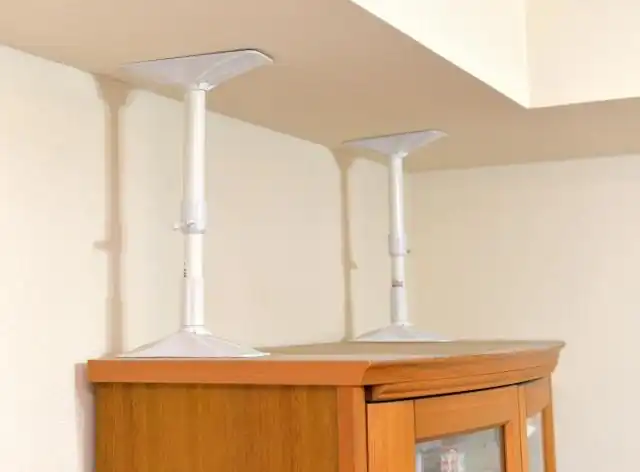
Secure furniture and appliances
During an earthquake, falling furniture and fixtures can cause injuries or block escape routes. It’s therefore crucial to secure your furniture and fixtures properly to minimize these risks. This can help prevent them from tipping over and ensure that escape routes remain clear.
Check evacuation routes
It’s important to review your evacuation route in advance and plan alternative routes in case the main route is obstructed. If you have an evacuation ladder in your home, ensure it is stored in an easily accessible location. Additionally, avoid blocking verandas and balconies with objects, as these areas are often used as evacuation routes.
Prepare at least a three-day supply
Apartments are generally designed to be highly earthquake-resistant, making them a safe place to stay even after a major earthquake. However, it’s crucial to stock up on essential supplies to sustain yourself while waiting for lifelines to be restored. It is safe to aim for at least three days’ worth of supplies on hand, and preferably seven days’ worth if possible.
If you’re searching for a new place to live, consider Village House. We offer properties with no deposits, key money, fees, or renewal charges. Feel free to contact us for more information.
Related articles:
- Earthquake Proofing Your Apartment
- Which Rental Properties Should You Avoid? Watch Out For These 5 Things!
- Apartment Features that are Unique to Japanese Homes

Hello, I’m Machiko Doi, a freelance writer who writes about housing and living in Japan.
I live in an 80-year-old house that I inherited from my grandparents along with my two shelter cats and daughter.
We live a relaxed life while repairing the house.
I like to cook vegetables from the garden and fresh fish caught by my father, and enjoy them with cold beer on a hot day or hot sake on a cold day.


